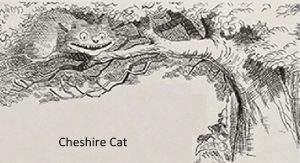Q: Can Advaitins explain how Maya can be an attribute of the supposedly attributeless Brahman? Why was the creation needed if Brahman alone existed? What is Ishwara?
A (Martin): Maya is not an attribute of Brahman. Maya is a diffuse, or polyvalent, concept which gives rise to much confusion, particularly by translating it as ‘illusion’ (see below). This concept can be viewed from the psychological, epistemological, and ontological perspectives.
Purely from the standpoint of Shankara’s Advaita Vedanta, Maya is tied in with the concept of ‘ignorance’ (avidya), which is prior to it; that is, avidya is the necessary condition for Maya. Once ignorance has been annihilated by knowledge, Maya disappears. That means that from the higher (of two) points of view, Maya does not exist. This is contrary to most post-Shankara authors, with the exception of Sureshvara, who taught that Maya is a positive entity or force. If that were the case, how could a positive entity be removed by knowledge? Swami Satchidanandendra, practically alone in the 20th Cent. has defended the former, Shankarian position.
Continue reading



